Adar Poonawalla, 40, is the chief executive of the Serum Institute of India (SII), the Pune-based, family-owned vaccine manufacturer that is producing more Covid-19 vaccines by dose than any other in the world. For now it’s the Oxford/AstraZeneca vaccine rolling off its production lines, but SII has signed contracts with three other developers – Novavax, Codagenix and SpyBiotech – all of which have candidates in the works.
Did you ever imagine you would be making vaccines for a global pandemic?
Nobody wishes for a pandemic, but we were almost designed for one. We produce a billion and a half vaccine doses each year, for around 170 low- and middle-income countries. It’s true we never imagined the whole world being so dependent on us, but nobody else has our capacity to scale up.
What has scaling up involved, practically speaking?
We committed ourselves to Covid-19 in March. We took a huge risk, because nobody knew then that any vaccine was going to work. Of the $800m (£579m) we needed, we put in $270m and the rest we raised from the Gates Foundation and various countries. We dedicated about 1,000 employees to the programme and deferred all product launches planned for 2020 for two to three years, so that we could requisition the facilities allocated to them. Then it was a question of equipping those facilities and getting them validated for use, which we did in record time. By August we were manufacturing and stockpiling a vaccine that we predicted, correctly, would be approved around December. The first doses were shipped in January, and we’ve dispatched 30m to date.
When will you reach full capacity?
Right now our production is around 70m doses a month. By the end of March, when we’ll have a third Covid-19 facility up and running, it will be 100m and it could go higher by the end of the year, if we can optimise our processes. Among others we supply the Covax scheme, whose goal is to distribute Covid-19 vaccines fairly around the world. It aims to send out 2bn doses by the end of 2021. I think realistically that could take 18 months, since if we’re lucky we’ll have produced 400m by the end of the year.
If the vaccines need to be adjusted to protect against future emerging variants, how much of a challenge will that be?
It would be simple now that the processes are up and running. We grow the virus in living cells, so we would simply change the master clone – the virus with which we infect those cells – and that then propagates through them. It would take us two to three months to start producing the new vaccine at capacity.
Some people think the reason that rollout has been slow in many countries is because the developers who hold the patents on the vaccines have licensed too few manufacturers to make them. Do you agree?
No. There are enough manufacturers, it just takes time to scale up. And by the way, I have been blown away by the cooperation between the public and private sectors in the last year, in developing these vaccines. What I find really disappointing, what has added a few months to vaccine delivery – not just ours – is the lack of global regulatory harmonisation. Over the last seven months, while I’ve been busy making vaccines, what have the US, UK and European regulators been doing? How hard would it have been to get together with the World Health Organization and agree that if a vaccine is approved in the half-dozen or so major manufacturing countries, it is approved to send anywhere on the planet?
Instead we have a patchwork of approvals and I have 70m doses that I can’t ship because they have been purchased but not approved. They have a shelf life of six months; these expire in April.
What do you think when you see rich countries squabbling over vaccine supplies?
I think manufacturers overpromised and didn’t manage expectations well. I under-promised. I said I’d make 50m doses from day one. If everyone had said, ‘Don’t expect large volumes until May or June,’ I think all this could have been avoided.
There are reports that in some countries, rich people are finding ways to get vaccinated before poorer people. Is that happening in India too?
It’s the reverse here. SII is legally obliged to supply the Indian government and the government is prioritising the poor, the vulnerable and frontline workers. That means everyone else, unless they are elderly or meet other specific criteria, goes to the back of the queue. Don’t forget that the population of India is so large that 200m Indians qualify as vulnerable. That’s 400 million doses already.
Can you explain the situation in India over compensation in case of vaccine injury? In many countries, the government indemnifies the manufacturer for costs related to vaccine injury, but here the manufacturer is responsible. I have no problem paying compensation if an injury turns out to be vaccine-related, but at the moment it is possible for the Indian courts to place an injunction on my vaccine production pending investigation of such a case, whether the injury turns out to be vaccine-related or not. I have petitioned the government saying this should not be possible in a pandemic, because it means one such claim could put a halt to our global rollout. We have already had such a case, in fact, and the health ministry had to step in to prevent us being shut down.
Do you think the way vaccines are made will change for ever as a result of Covid-19?
Yes. Almost every country now wants to set up local manufacturing so that it never has to scramble for vaccine again. They may not all succeed, but for now it looks as if the political will and the capital is there. A lot of pharmaceutical companies and generic manufacturers have also realised that there’s room for new players in the vaccine field. I predict the landscape will be transformed over the next five years.
From startup in 1966 to world’s largest vaccine producer in 2021 is quite a journey. How did it start?
The Haffkine Institute, a government institute in Mumbai, used to produce anti-snakebite and -tetanus serums by injecting the venom or bacterium into horses and mules, then pulling their blood a few days later and extracting the antibodies. Mine is a family of farmers and horse breeders and my father, Cyrus, used to sell animals to the institute. Eventually he thought, “Why not cut out the middle man and make the serums – later vaccines – myself?”

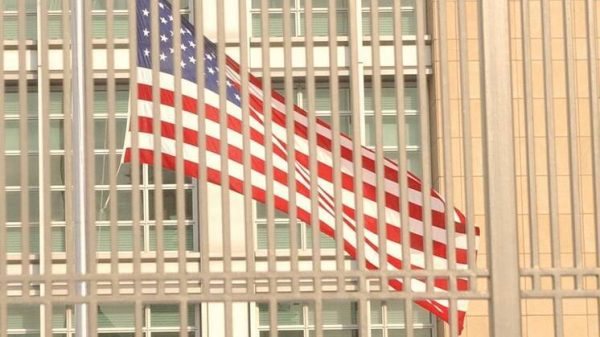
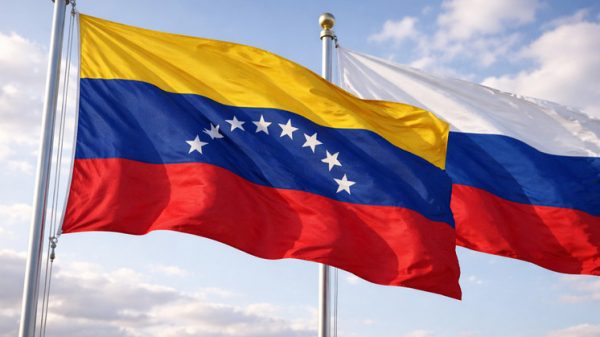
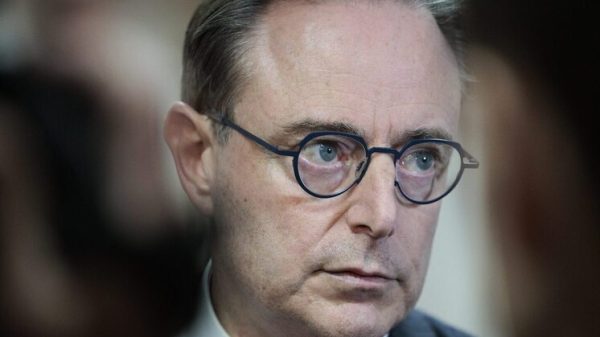
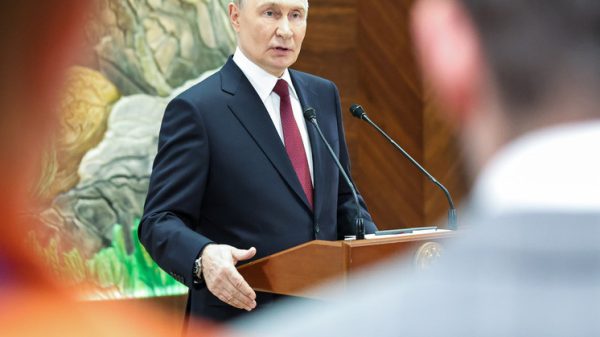
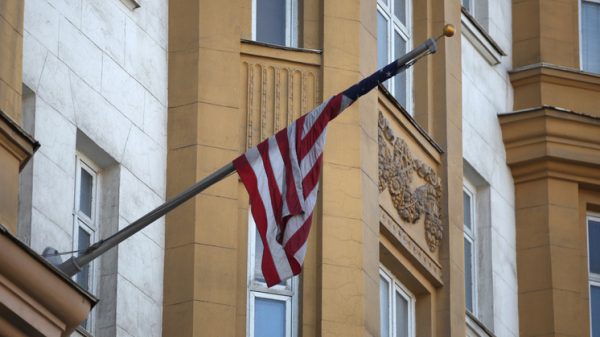

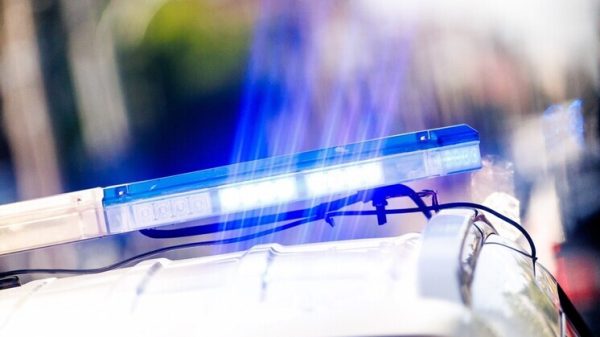
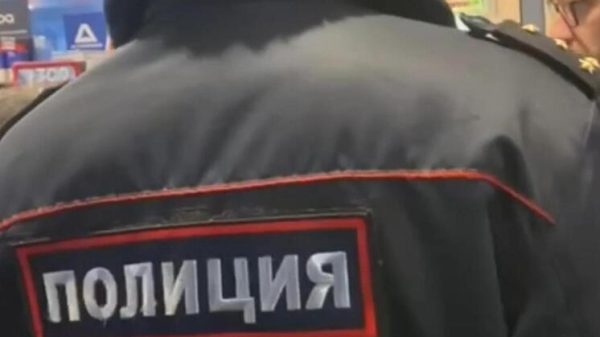

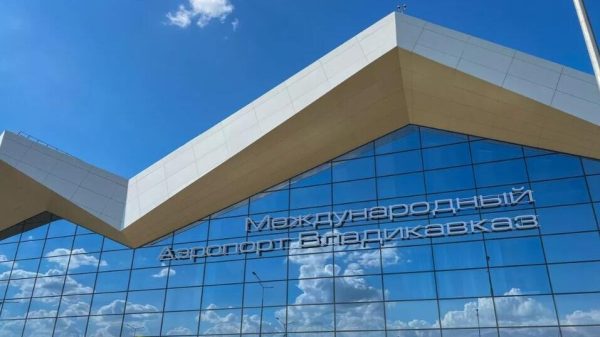
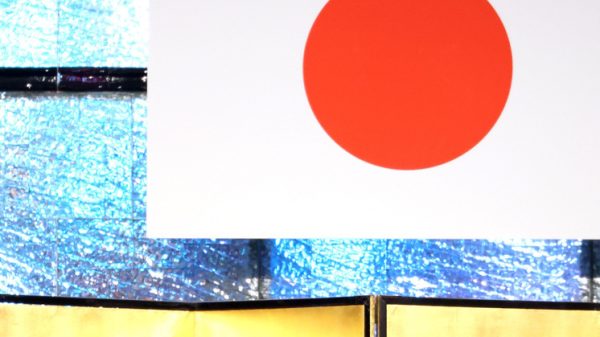
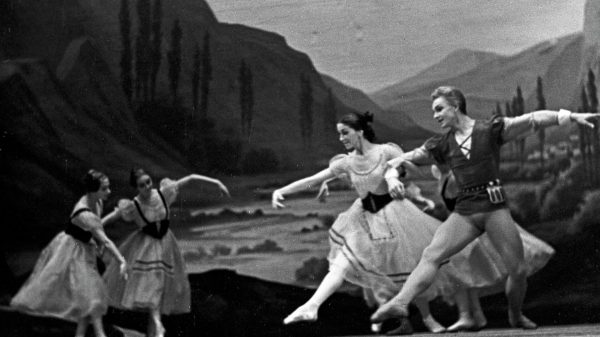

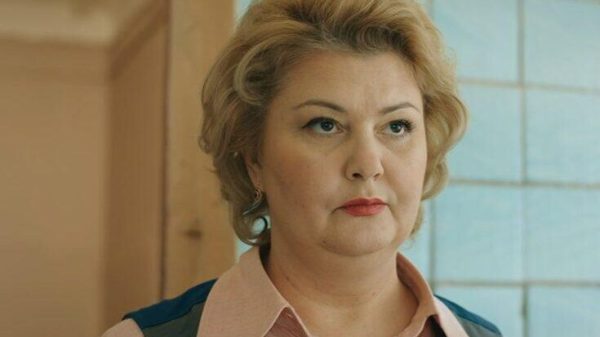
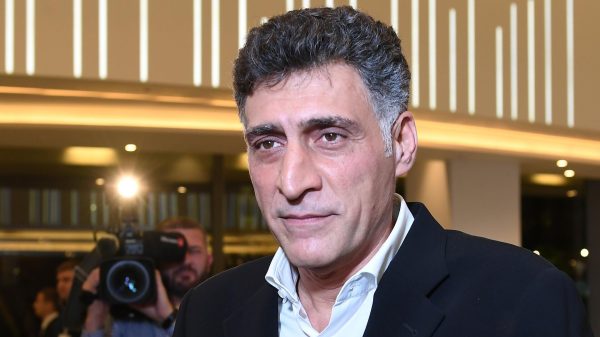
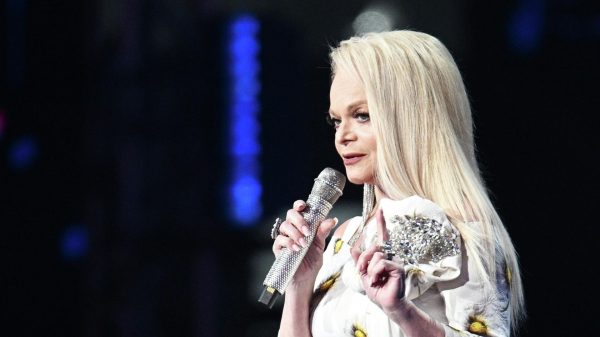
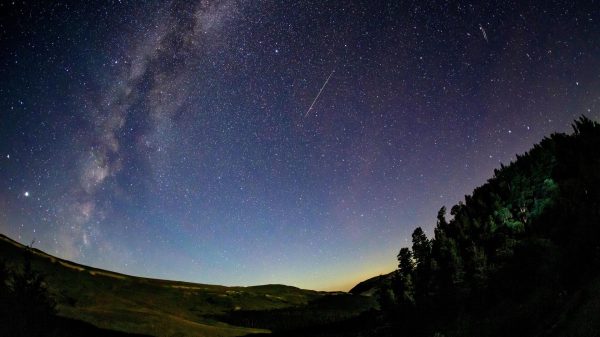
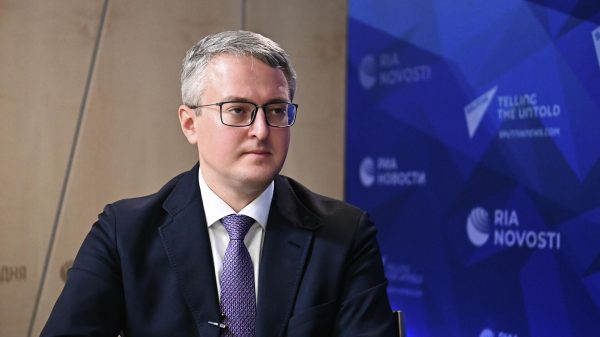
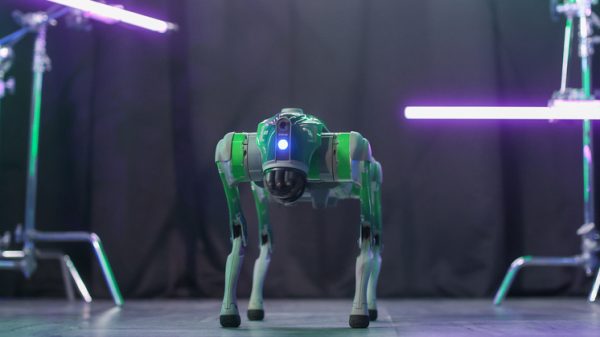

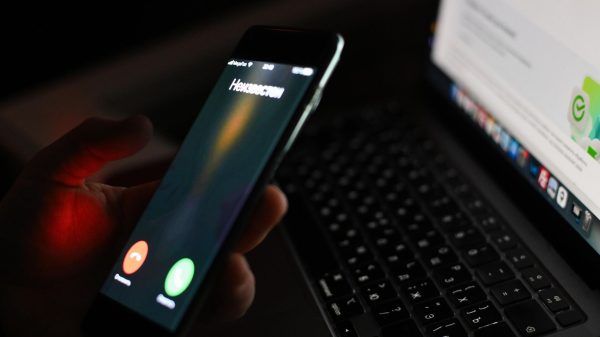






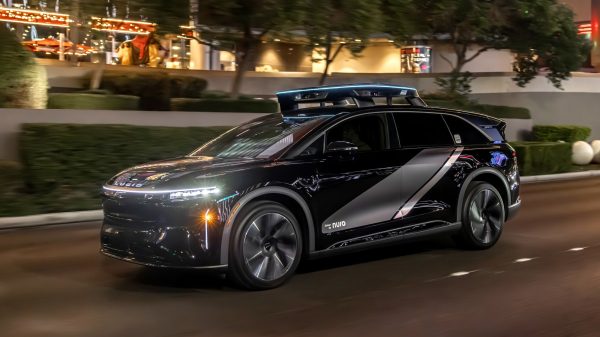

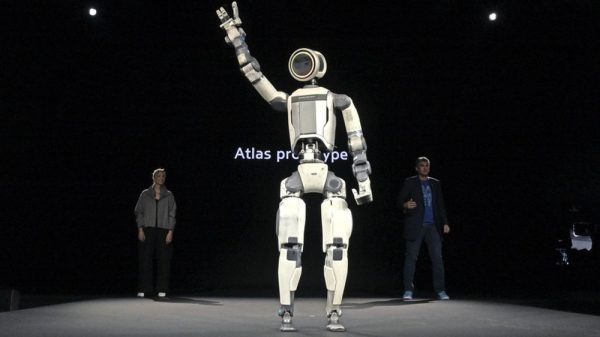



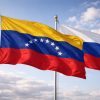



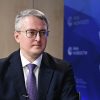











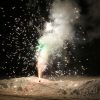




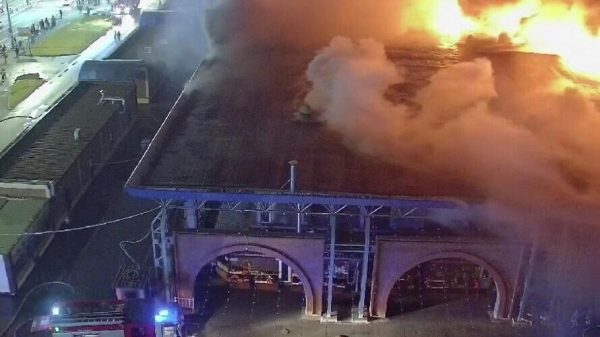

Свежие комментарии